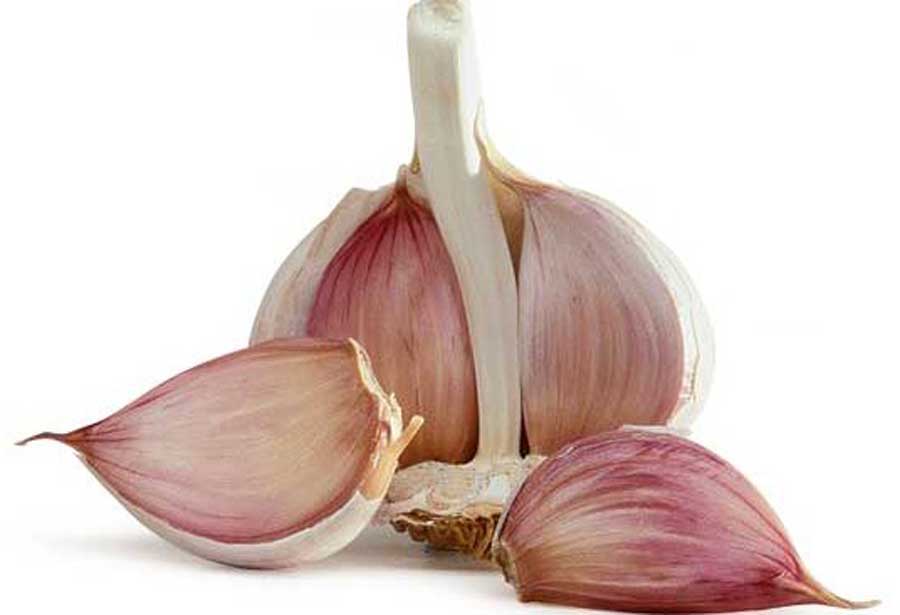Wisdom teeth are just one of the many growing pains people can sustain as they get older. Often coming in during one’s late 20s, they can take years to come in through the gums. While some people have no problems, and others aren’t even born with wisdom teeth, most people experience pain and even disruption of their other teeth.
While some dentists are now advising against it, wisdom teeth removal is the most common and widely performed oral surgery still to this day. Originally, dentists would recommend that everyone have their wisdom teeth removed sometime around one’s college years.
Now, however, it is not an essential requirement, though if you find you are experiencing severe discomfort or consistent pain, it is recommended. Professional dental offices like Valley Ridge Dental, a dentist in NW Calgary, can provide further information to people suffering from wisdom tooth pain.
If you’re experiencing this type of pain, here’s what you can do about it.
Home Remedies
Of course, any time you experience persistent oral pain, the best thing to do is call your dentist. But before you go in for your appointment, here are some things you can do at home to ease the pain.
- Apply Ice: Icing the outside of your jaw can help reduce inflammation.
- Rinse with Saltwater: Saltwater helps to remove harmful bacteria from the area around your erupted wisdom teeth.
- Use Clove Oil: Massaging clove oil, a natural analgesic, into your gums can help relieve pain.
- Take Ibuprofen: If approved by your doctor, over-the-counter pain relievers can reduce pain and swelling.
- Use Peppermint: In addition to keeping breath smelling fresh, a cotton ball soaked in peppermint oil can soothe painful gums.
Wisdom Teeth Removal: What To Expect
While home remedies can help you manage the pain of erupting wisdom teeth, which can take months to fully emerge, eventually you may need to have them removed.
Typically, you will schedule a consultation with a dentist or oral surgeon to assess the severity of your situation. Wisdom tooth removal is an outpatient surgery that allows the patient to go home the same day of the procedure. On average, the surgery takes around 30 minutes to complete. Most patients go under anesthesia, though it depends on what’s best for the patient.
X-rays will be taken of the entire mouth to determine the best option for removal. While dentists typically remove all of your wisdom teeth at once, there are cases where one may be left in if it is not impacting the surrounding tissue and gums. If you receive a local anesthesia, you will be asleep during the actual procedure, though some patients receive nitrous, which relaxes them without going to sleep.
Aftercare
Recovery time varies from patient to patient, but typically the swelling should go down within 3-4 days. You may find that one side is worse than the other, and it may take a few days before you are able to open your mouth to its normal width. It is advised to gargle with saltwater in the days following surgery. It may not be possible to brush your teeth for a day or two due to the swelling and sensitivity, but the saltwater will help keep your mouth clean during this time.
Patients will be administered pain medication to keep them feel more comfortable during the healing process. However, one crucial element to caring for your teeth afterward is to take all antibiotics prescribed until you have run out. This is to prevent any infections, such as a dry socket, from occurring.
If you find that your swelling hasn’t gone down after a week, you are running a temperature, or any you experience any other unusual symptoms afterward, contact your oral surgeon immediately. While unlikely, some patients may need an additional procedure to drain the area of any excess fluid that can cause complications if left untreated.
While wisdom teeth removal can sound scary, it is typically the best option if you are experiencing persistent pain. In the meantime, use the home remedies listed above to make your mouth feel more comfortable.










